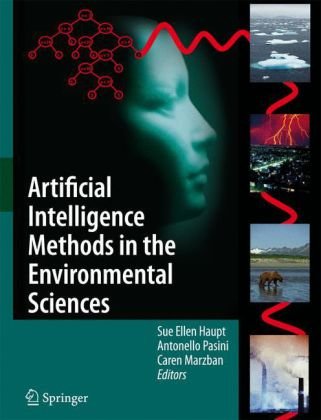

Most ebook files are in PDF format, so you can easily read them using various software such as Foxit Reader or directly on the Google Chrome browser.
Some ebook files are released by publishers in other formats such as .awz, .mobi, .epub, .fb2, etc. You may need to install specific software to read these formats on mobile/PC, such as Calibre.
Please read the tutorial at this link: https://ebookbell.com/faq
We offer FREE conversion to the popular formats you request; however, this may take some time. Therefore, right after payment, please email us, and we will try to provide the service as quickly as possible.
For some exceptional file formats or broken links (if any), please refrain from opening any disputes. Instead, email us first, and we will try to assist within a maximum of 6 hours.
EbookBell Team

4.4
42 reviewsHow can environmental scientists and engineers use the increasing amount of available data to enhance our understanding of planet Earth, its systems and processes? This book describes various potential approaches based on artificial intelligence (AI) techniques, including neural networks, decision trees, genetic algorithms and fuzzy logic.
Part I contains a series of tutorials describing the methods and the important considerations in applying them. In Part II, many practical examples illustrate the power of these techniques on actual environmental problems.
International experts bring to life ways to apply AI to problems in the environmental sciences. While one culture entwines ideas with a thread, another links them with a red line. Thus, a “red thread“ ties the book together, weaving a tapestry that pictures the ‘natural’ data-driven AI methods in the light of the more traditional modeling techniques, and demonstrating the power of these data-based methods.